50 Shades of Policy Change
I started this blog because it was a requirement for my doctoral program at Walden University. But then something funny happened: I discovered that it was a wonderful way for me to share what I was learning in a more creative and playful way than writing research papers!
I have always enjoyed writing in a variety of styles. Learning about and experimenting with blogging and other social media platforms has added new colors to the palette I use to communicate with people about issues of importance. And because I believe that when people understand the big issues, they will join in the efforts to change policies, being able to communicate in multi-hued ways seems paramount to making the world a better place for children and families.
Like all genres of writing, blogging must adhere to basic tenets of communication in order to be effective. Mind Tools (n.d.) identifies these as the “7 C’s of communication.” One must be clear, concise, concrete, correct, coherent, complete and courteous.
Some of these flow naturally from a lifetime of reading and writing academic works. I am careful about both fact checking and grammar checking (the C of correctness). I spend time making my messages organized and coherent. I work at giving all the information necessary to understand an issue (completeness) and because I genuinely respect my readers, whether they are professors, or teachers, or parents of preschoolers, I am courteous.
What has intrigued me about blogging, as well as other forms of social media communication, is that I am challenged by the first three C’s: ensuring that my messages are clear, concise, and concrete. Part of this has to do with the potentially diverse readership when one splashes ideas out to the blogosphere.
I have wrestled, for example, about using the term “substance use disorder,” even though research stresses that using this term, (as opposed to “addiction” or “alcoholism” or “drug abuse”) is an important strategy to shift the paradigm about how we view the disease. I am passionate about wanting to end the stigma associated with the affliction and believe this is necessary to effect change for children and families impacted by it. But while professionals in the treatment and recovery fields are beginning to use the term, few in education have ever heard it. Where do clarity and social change intersect in this case?
Being concise has never been a strong point for me. Social media has made me revisit this. I consider how much time I give to reading a blog, or a Facebook post, even when I am very interested in it. I think then of digital natives, who were raised to point, click, and scroll their way quickly through ideas. Although I still struggle with this, I make an effort to be more brief and concise in my social media writing. I believe this has positively impacted my writing in other venues, as well.
One of the most powerful things about social media is the way that imagery is used to communicate ideas and to inspire emotions. I have discovered that using found or created visual images not only makes my blog more interesting and accessible, but also focuses my attention on using more concrete examples and images in my writing.
I believe that my academic writing and blogging on the same policy topics have begun to inform each other. I look forward to seeing how both will influence the way I approach more traditional ways of communicating with policy makers, such as letters to the editor and white papers. With such a rich and vibrant palette of communication tools, we can surely paint a better tomorrow for children, their families, and the teachers who support them.
Mind Tools. (n.d.). The 7 Cs of communication: A checklist for clear communication. Retrieved April 9, 2015, from http://www.mindtools.com/pages/article/newCS_85.htm

